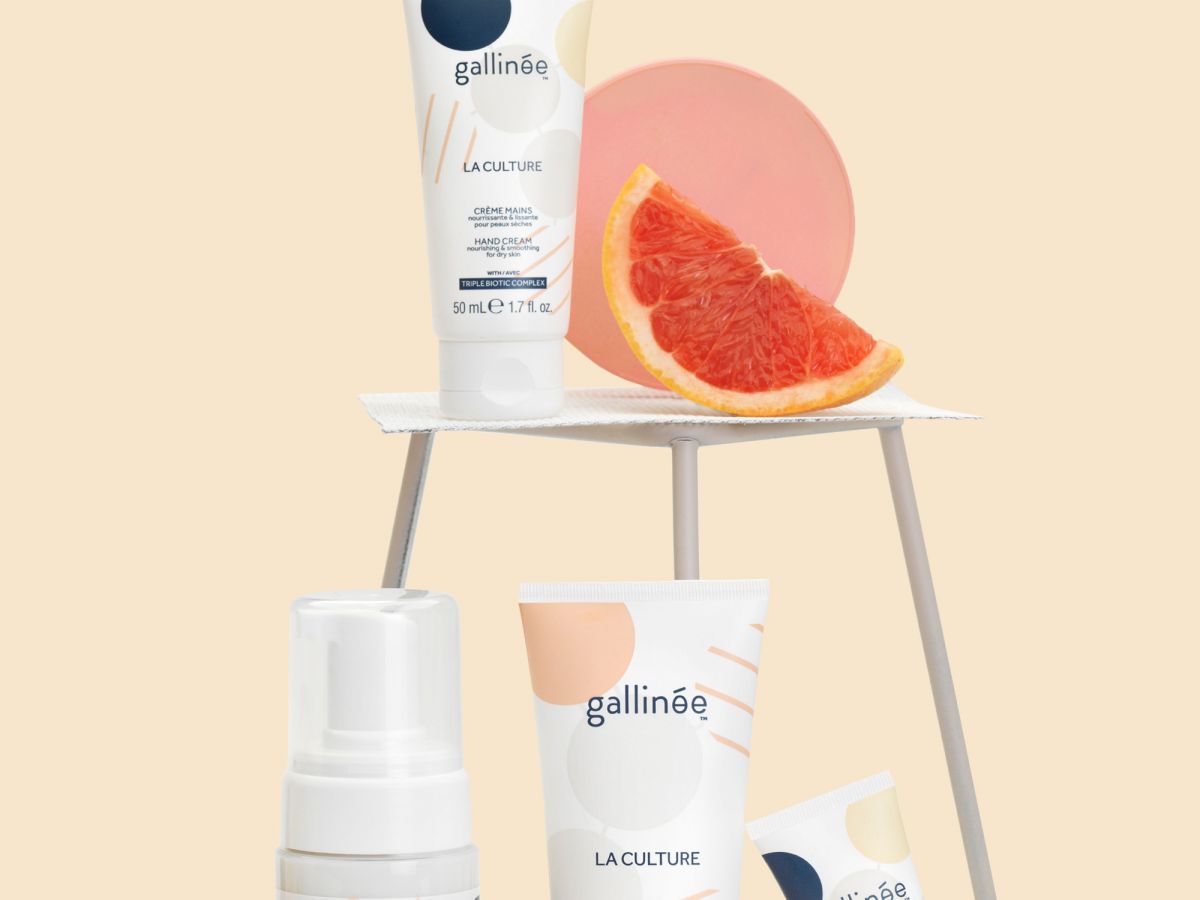
When French pharmacist Marie Drago was diagnosed with pyoderma gangrenosum and Crohn’s disease after a three-month course of antibiotics, she remembered reading a study about the health benefits of a probiotic diet. She gave it a shot and, after around 10 days, found her digestive symptoms significantly improved. “Everyone is different and something that worked for me doesn’t mean it can work for everyone, but for me the changes were quite dramatic,” Drago explains. “I also found it had a very positive impact on my anxiety.”
A probiotic diet is one that’s chockfull of foods and drinks that contain live microorganisms, which are said to be beneficial for the body. Yogurt is the most well-known, packed with friendly bacteria, while kefir, sauerkraut, kimchi, and tempeh are all popular as well. These fermented foods work with the body’s own bacteria, and some fans of the diet personally attest attest that adjusting their eating habits has helped ease depression, settle digestive health, and even clear the skin.
Throughout her experience, Drago educated herself on the world of probiotics and bacteria. For those of us who didn’t pay as much attention in science class, this all begins with the microbiome: “Now that DNA sequencing is becoming cheaper, we can really start to explore this world. Think of it as your own personal rainforest: huge, fragile, and still being explored,” Drago says. “We’re mainly concentrated on the gut microbiome, because it seems to be linked to so many modern plagues like obesity, depression, and loads of autoimmune diseases, but the skin microbiome is now coming into focus, too. So on one hand you have this amazing discovery of this brand new microbial world living on/in/with us, and on the other hand, we are discovering that antibiotics, pollution, and our modern lifestyles might be destroying a very important part of our own ecosystem, with serious consequences.”
Think of [the microbiome] as your own personal rainforest: huge, fragile and still being explored.
So what exactly are the benefits of probiotics in skincare? “Probiotics used in cosmetics tend to come from the lactic acid bacteria family, called lactobacillus,” Drago explains. “They have a soothing effect on the skin, as they seem able to modulate inflammatory response from the skin so they will be good on sensitive skin, or to prevent aging. It’s all due to the anti-inflammatory effect of probiotics, that seems to reduce inflammation mechanisms triggered by the immune system overreacting. Less inflammation means less skin damage, so in effect preventing skin aging.”
A post shared by Gallinée (@gallinee_beaute) on Sep 20, 2017 at 9:53am PDT
In hopes of combining her personal experience with her pharmaceutical background, Drago set out to found a skin-care brand that would shine a light on the positive impact of probiotics. A relatively new area of science, Drago’s research didn’t turn up many results, so she decided to work with a French university to do the testing herself.
Eventually, Gallinée was born, an edited range of products that bring pre- and post-biotics to your bathroom shelf. But Drago wanted to take the premise one step further. “For me, after bringing probiotics to your skin, the next priority is to care about the bacteria that’s already on your skin, and help them help you,” she explains. “At Gallinée we do that using prebiotics and post-biotics. The beneficial bacteria on your skin (95% of them) have several roles that still need to be understood.” For example, Drago says the good bacteria on the skin “contribute to the makeup of the ‘acid mantle,’ the physical layer of protection of the skin. They will also reduce the trans-epidermal water loss and thus help fight dehydration.”
It was also important to Drago that she begin her brand by launching a small range of products. “I’m quite a lazy person, and I wanted to create simple products that I would actually use myself,” she says. The brand’s current offerings, which all contain her patented Triple Biotic Complex, include a nourishing, fast-absorbing body milk with firming bogbean and hydrating sweet almond; a non-greasy shea butter hand cream; a 98% natural and non-drying foaming cleanser; a two-in-one white-clay face scrub and mask; and a highly concentrated facial moisturizer.
Our verdict? The formulas are perfect for sensitive skin, but they’re especially good for all skin types during the cold-weather months when you need a little extra moisture. Lightweight (with no greasy residue), the creams curtail excess oil but deliver the hydration hit you need. What stands out about the range is its ability to tackle more specific skincare issues, too: For those with rosacea, psoriasis, acne, or eczema, you’ll see a noticeable decrease in irritation within a few days. “The more we study these skin conditions, the more we understand that they’re caused by a bacterial imbalance, so it makes so much sense for these conditions,” Drago says.
I think in five years no one will use antibacterials anymore, but instead try to grow beneficial bacteria.
Meanwhile, she has her sights set firmly on the future of probiotics to treat acne. “For me, the big U-turn coming soon is going to be how we treat acne,” Drago says. “I think in five years no one will use antibacterials anymore, but instead try to grow beneficial bacteria.”
But is sticking to a probiotic diet essential when using Gallinée? “I think it’s a nice combination,” says Drago. In fact, she’s worked with chef Antonia Magor to create a gift set that includes Magor’s cookbook, comprising 25 pro- and prebiotic recipes, plus a trio of Gallinée products. Having tried out the range ourselves over the course of a week — and seen the results — we’re looking forward to prebiotic skincare becoming a wider-researched and formulated area of the beauty industry. Who knew bacteria in our bathroom would ever be a good thing?
Click HERE to read more.
You can publish this article on your website as long as you provide a link back to this page.

Be the first to comment